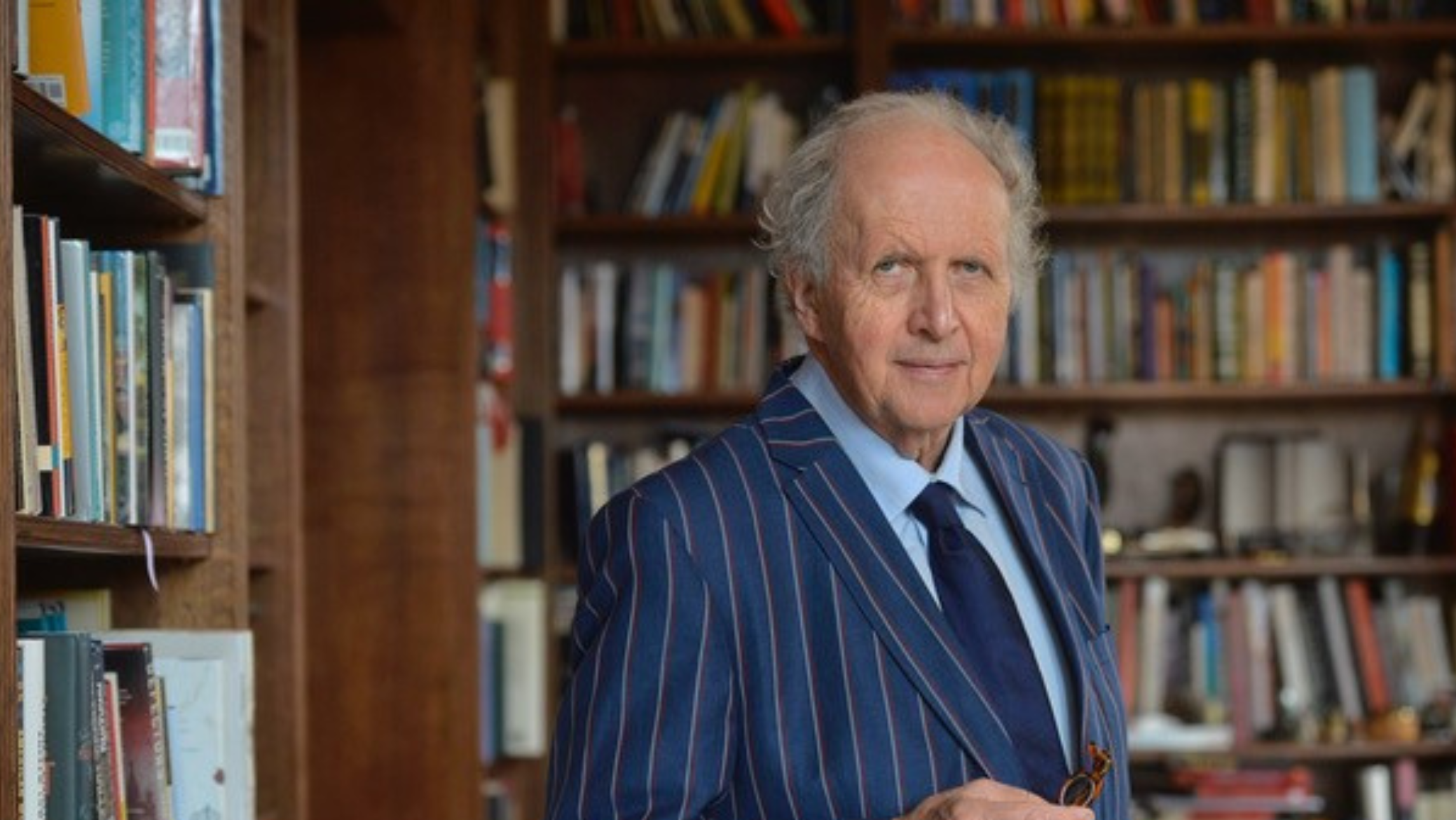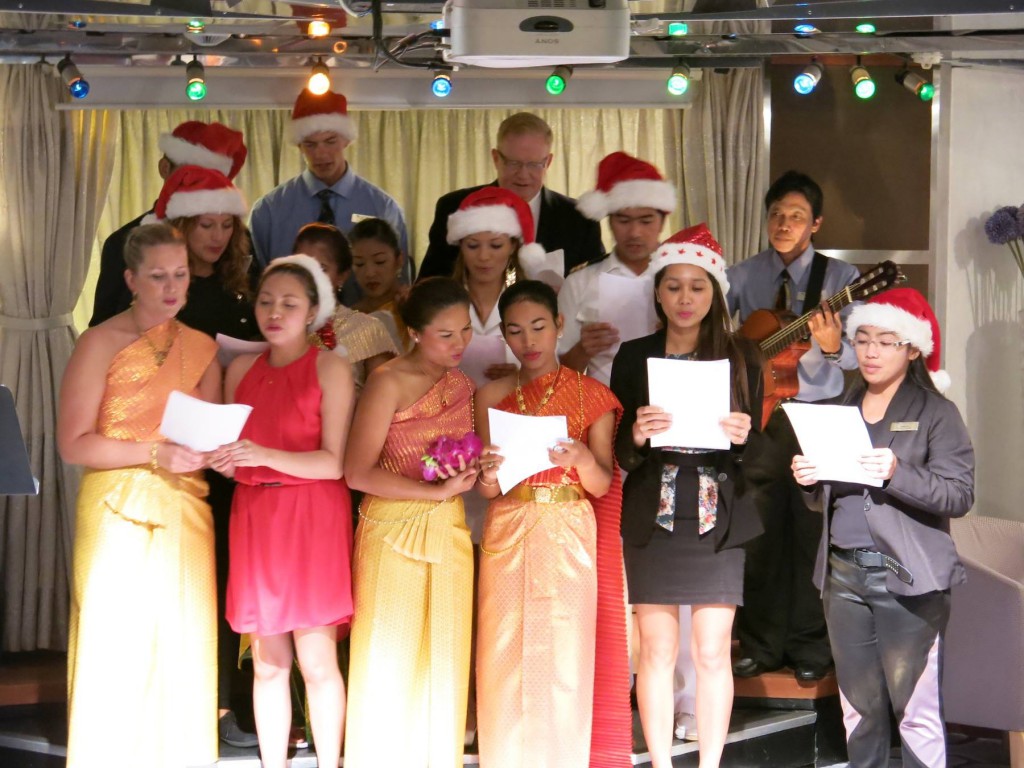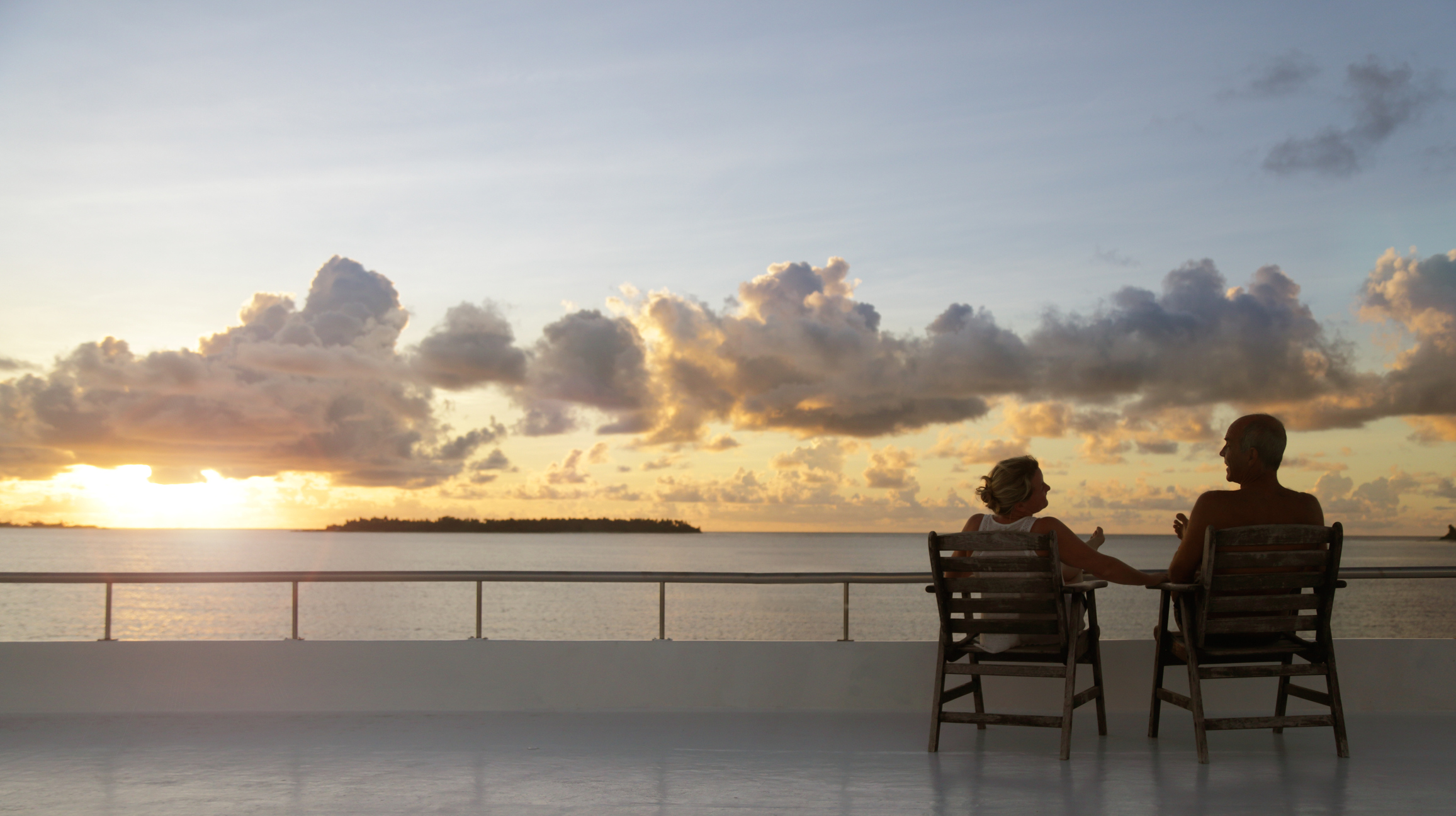A major festival demonstrates that Aboriginal peoples already have a fine voice. Teresa Ooi heard them sing.
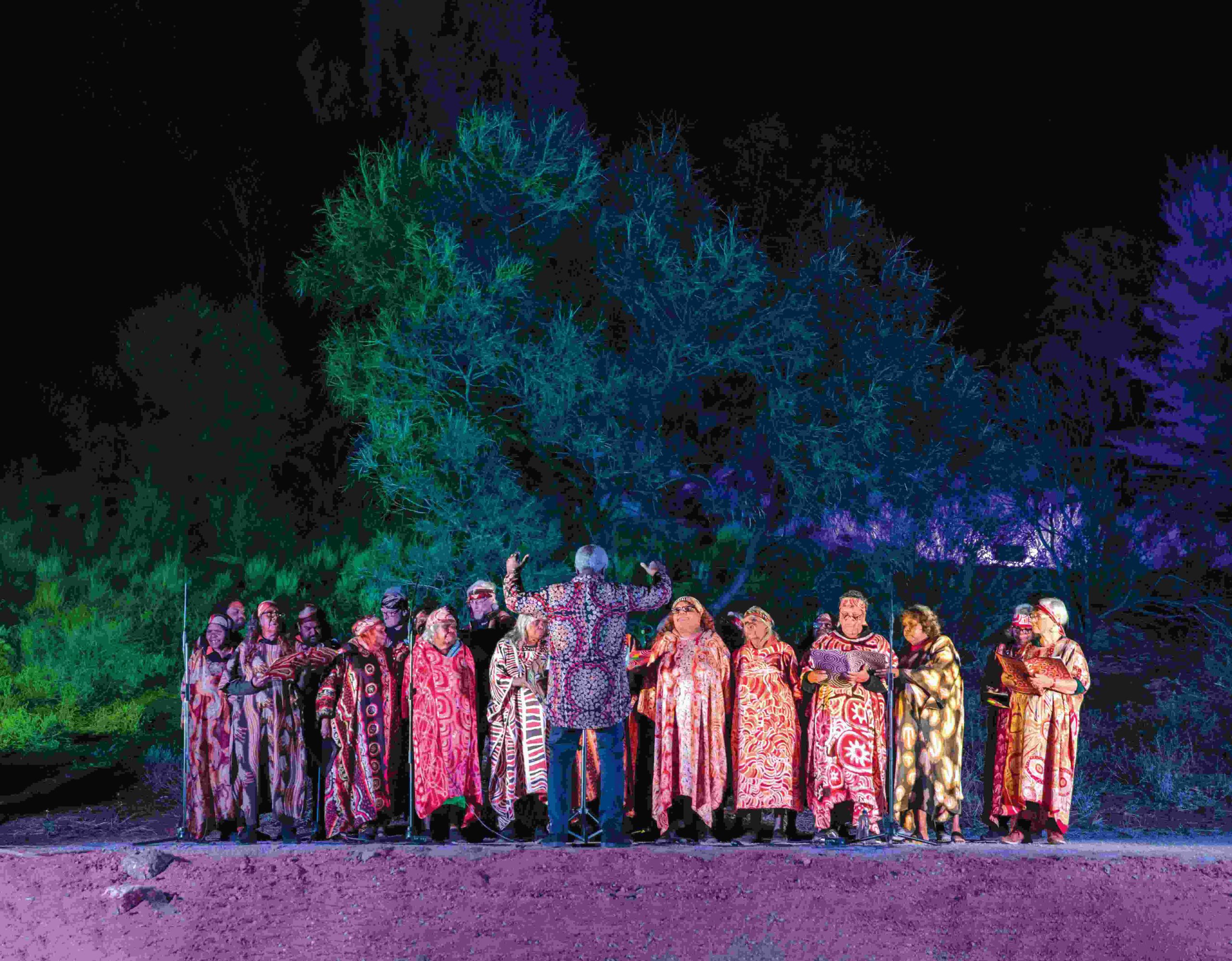
They came from the remote town of Hermannsburg, about 130 kilometres west of Alice Springs. The grandmothers of Central Australia’s desert regions were united on a single mission – to sing in the choral choir of Morris Stuart, a former Lutheran Church pastor-turned-conductor-turned artistic director.
For the past two years, they have been stuck in their faraway communities isolated from the rest of the world because of the dreaded Covid.
“As a choir, we only had the chance to practise four times a year – which really is not enough,” says Stuart.
Despite the lack of practice, the Aboriginal women with big voices were ready to sing their church songs again – but in their local Arrernte language. They learnt the hymns from their parents and grandparents who were originally taught by Western missionaries when they arrived in Hermannsburg back in 1877.
So last September, sleepy Alice Springs sprung back to life with the launch of the Desert Song Festival which showcases the Central Australian Aboriginal Women’s Choir with singers drawn from six regional Indigenous communities.
In its 13th year, the theme of the 2022 Desert Song Festival was Our Climate, Our Planet, Our Future, with musicians, singers and choirs drawn not only from the heart of Central Australia but also overseas.
As the sun set over the magnificent MacDonnell Ranges, the evening sky turned ochre pink to reflect the mountain ranges dotted with creamy spinifex bushes. The evening performance kicked off at White Gums, a suburb of Alice Springs which is home to a small Indigenous community of only 240 people.
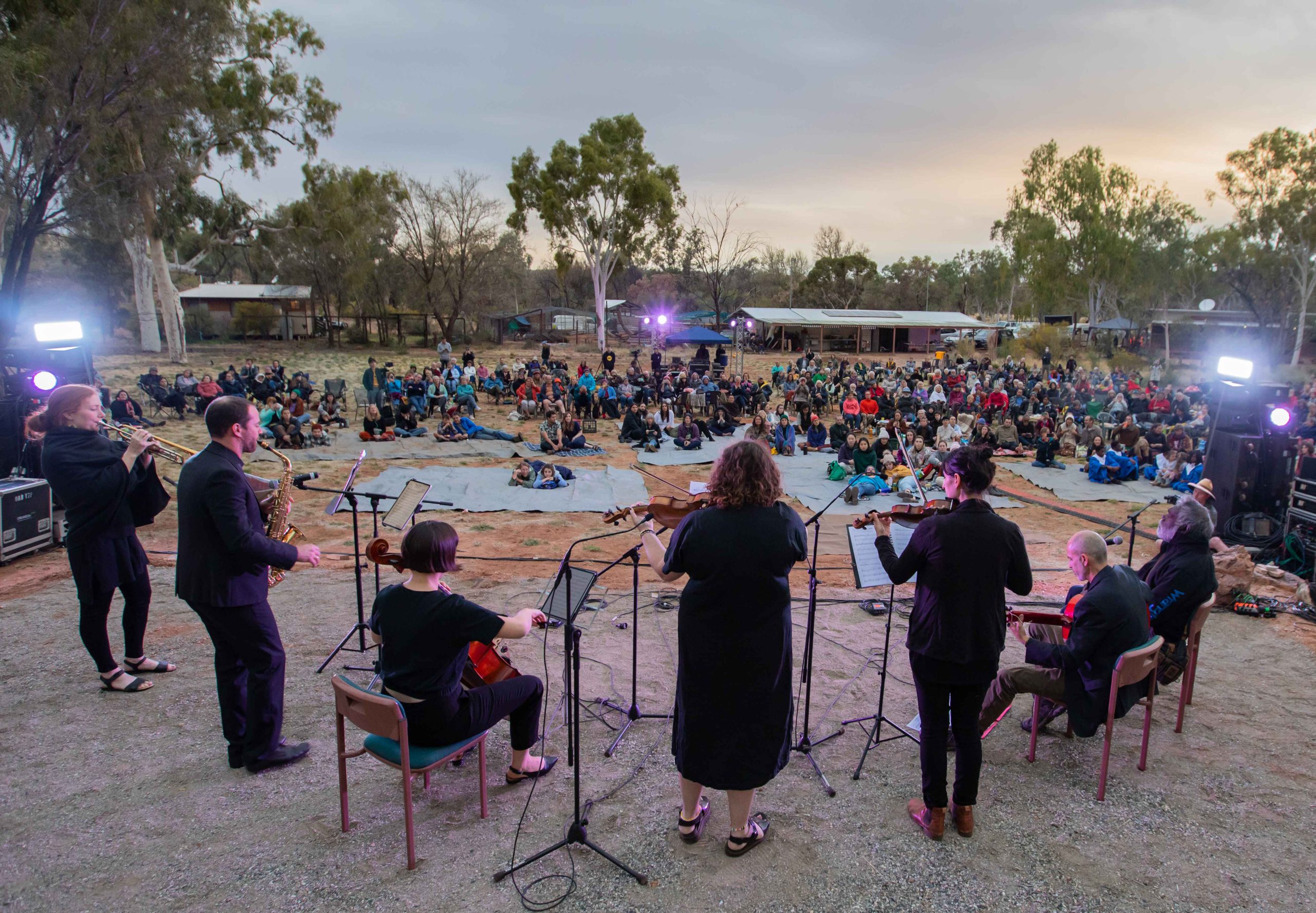
The stage in the valley of the mountain ranges, provided the perfect acoustic backdrop as the music resonated with songs from Tonga, Africa, Central Australia desert regions, Western Arrernte, Kirtan and Christian hymns.
When the Darwin Symphony Orchestra took to the stage, the melodious and haunting songs of its lead Aboriginal singer filled the air and the audience fell silent, struck by his voice. This was followed by the amazing choirs from the Central Australian Aboriginal Women’s Choir, St Paul’s African Choir, Guwanbal Gurruwiwi and Q.
We then rushed back to the Araluen Theatre in Alice Springs for the second highlight of the festival – the energetic and highly synchronised performance of Spinifex Gum, an all-girl, all-Indigenous choir from Cairns. The girls aged from 12 to 20, danced and sang songs composed by Melbourne songwriter Felix Riebl of the internationally acclaimed band, The Cat Empire. Against a backdrop of fast-moving images, the girls gave a highly polished performance that was part protest and part celebration – it was a very powerful musical experience.
“From Bach to Ravi Shankar, Desert Song Festival is an invitation to Australians who do not live in Central Australia to visit Alice Springs and its surrounds and be among the custodians of the place. It will be a transforming experience. You will be blown away,” said Stuart.
This is exactly why Gary and Jeannie Kenney from NSW’s Riverina decided to come to the Desert Song music festival.
“We always go overseas for our holidays. When I saw Desert Song advertised on Facebook, I told my husband, we have to go – and we are really enjoying ourselves. It’s simply amazing,” says Jeannie Kenney.
Like other first-time visitors to Alice Springs, the Kenneys visited the spectacular Standley Chasm, a three-metre wide, 80-metre high gorge in the West MacDonnell Ranges. About a 40-minute drive west of Alice Springs, the breathtaking chasm is a cultural icon of Central Australia which was once a narrow tributary of the Finke River. Over the years, persistent rainfall and flooding have carved into the sandstone slopes creating jagged, craggy surfaces to dramatic effect.
In bold ochre red and orange hues, the rock surface glows deepest under the glare of the midday sun. Walking to the chasm you will hear the melodious thrills of various birds and spot the occasional wallaby chewing at native flowering plants. Despite the warm sunshine, the sandstone feels cool when you touch it. The sheer height of Standley Chasm makes you feel small. Owned and operated by the local Western Arrernte community, it is a place of deep cultural significance and is considered a sacred and unique site of Aboriginal women’s dreaming.
We met our Indigenous guide David McCormack of the Angkerle Aboriginal Corporation, direct descendants of the Arrernte people. He introduced us to the apple bush tree which is great for helping those suffering from sinus and soap bush used by Indigenous people as a detergent. The oil extracted from the soap bush is also used to stun the fish found in the waterways during the wet season.
Our guide then showed us bush tobacco – a strong chewing tobacco, which is very popular among older Indigenous people but when McCormack tries to get us to taste bush coconut, a nutritious, survival food made of wasps, most of us declined, except for one of our group who said it was “delicious – both sweet and nutty”.
We ended our tour with a dot-painting lesson where McCormack taught us how to paint a boomerang with acrylic paint on wood imported not from Central Australia but from Indonesia.
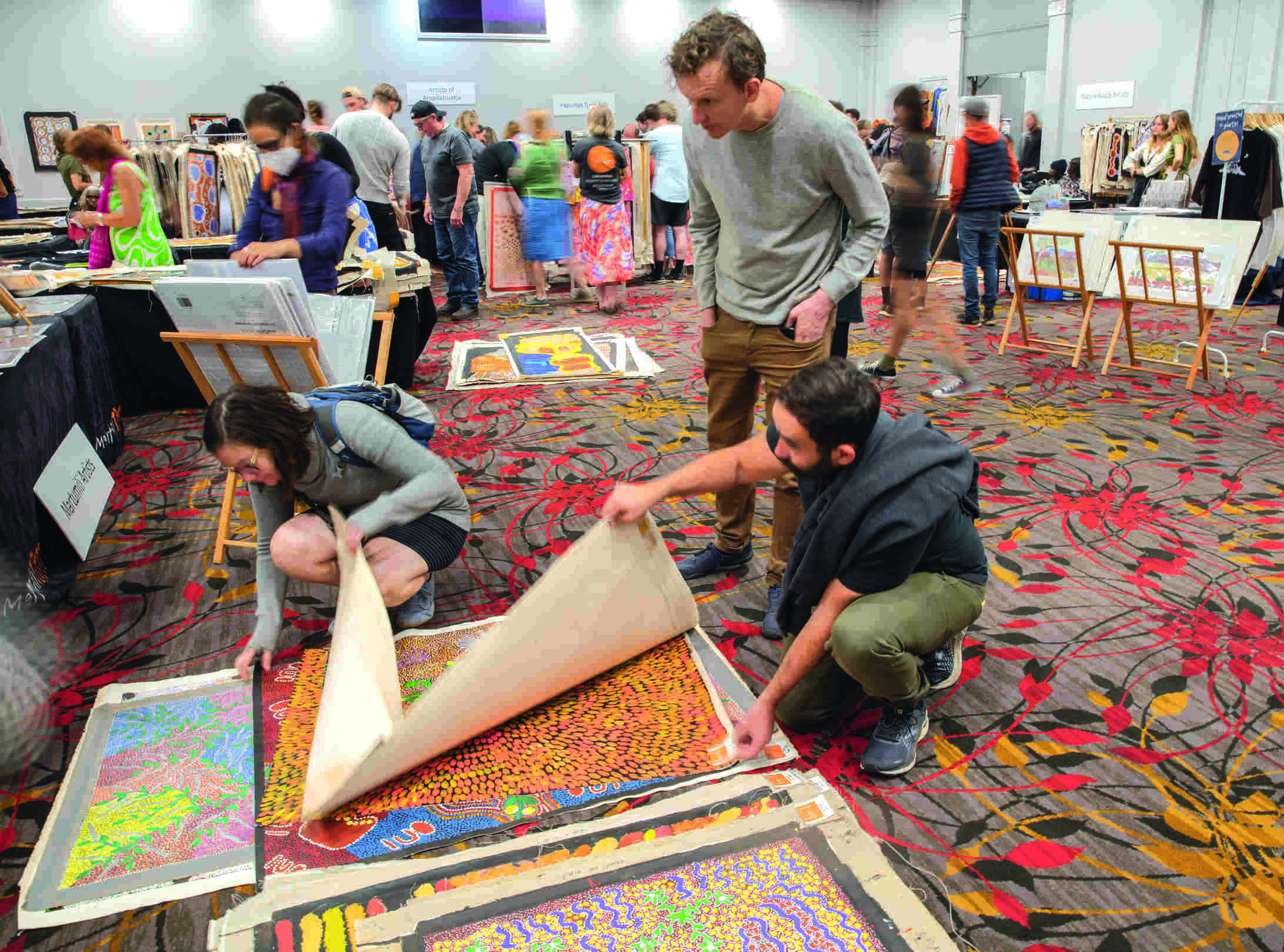
“It’s just too expensive to buy Australian-made wooden boomerangs,” says Mr McCormack.
Using a very thin brush, you can only paint about four dots with one dip of paint. While it seems like a long and tedious process, McCormack explains that dot painting is often a communal activity where female Aboriginal elders sit down for hours telling dreaming stories – and completing their dot painting.
Our next stop was the towering Simpsons Gap, about 18 kilometres from Alice Springs, which features a permanent waterhole, located on the Larapinta Trail, a 231 kilometres walking track through the West MacDonnell Ranges.
Simpsons Gap was the mythological home of giant goanna ancestors and the spiritual site for several dreaming trails and stories. It is also a popular attraction for cyclists with a sealed bicycle path from Flynn’s Grave to Simpsons Gap.
One of the most picturesque camping, swimming and picnic spots in the West MacDonnell National Park is Ellery Creek, about 80 kilometres west of Alice Springs.
Thousands of years of flooding have carved out this waterhole, which is recognised as an international geological site. The Aboriginal name for Ellery Hole is Udepata which means “special meeting place” for the Aranda people on the fish and honey ant dreaming trails. This is the spot to soak up on the outback oasis where the balmy daytime temperatures and blue skies are the closest thing to a beach in Central Australia.
Spring is a perfect time to visit Alice Springs – cool mornings, warm afternoons and even cooler evenings (be sure to bring a jacket). September is a busy month for arts and culture with both the Desert Mob art exhibition and Desert Song Festival taking place. In between art and song, there are the incredible walking trails, waterholes, the West MacDonnell National Park and the magnificent MacDonnell Ranges. How can you possibly go wrong exploring the arid heartland of Central Australia?



